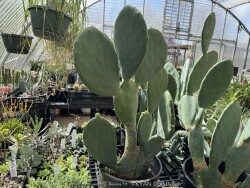
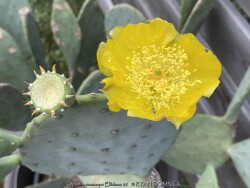

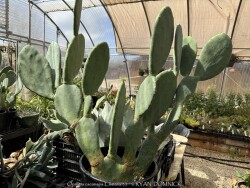
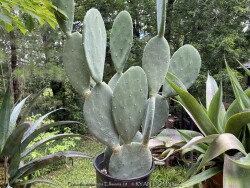
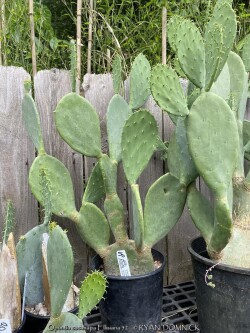

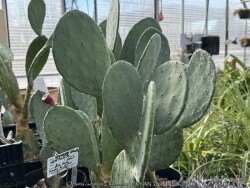
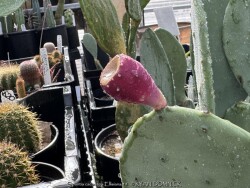
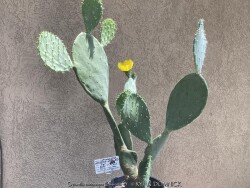
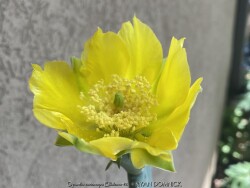
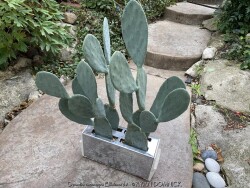
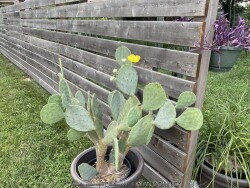

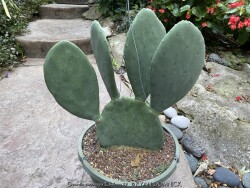
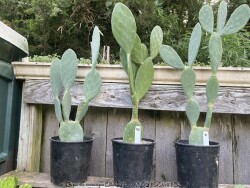
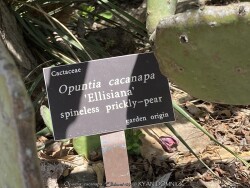
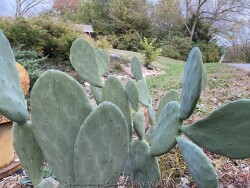
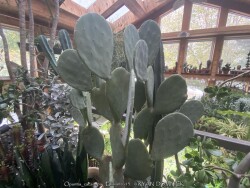
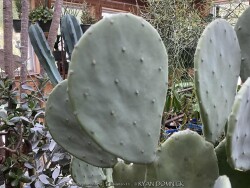
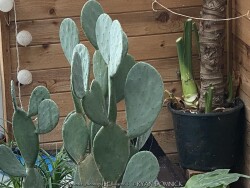
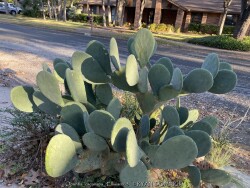
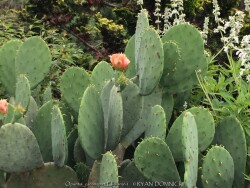
Plant Min Zone: 7a
Plant Max Zone: 10b
Sunlight: All Day Full Sun, Full Sun, Part Sun
Water / Rainfall: Low, Average
Soil Quality: Poor
Bloom Season: Early Summer, Summer
Flower Color: Yellow
Berry / Fruit Color: Maroon
Spring Foliage Color: Mint Green
Summer Foliage Color: Mint Green
Fall Foliage Color: Mint Green
Evergreen Foliage: Yes
Winter Interest: Yes
Scented Flowers: No
Drought Tolerance: High
Wet-Feet Tolerance: Low
Humidity Tolerance: Medium
Wind Tolerance: Medium, High
Poor Soil Tolerance: Sandy Soils, Rocky Soils, Alkaline Soils (high PH)
Height: 2' - 5'
Width: 2' - 5'
Growth Rate: Medium
Service Life: Long: 5-10 years
Maintenance Need: Medium
Spreading Potential: Low
Yearly Trimming Tips: Yuccas and Cacti Need No Trimming Except to Remove the Dead Flower Stalk.
Plant Grouping Size: Specimen Planting of 1-3
Best Side of House: South Exposure
Extreme Planting Locations: Survives Under Roof Overhang, Survives Severe Drought, Tolerates Extreme Heat, Resistant to Rabbits
Ornamental Features: Multiple Seasons of Interest, Bright Winter Color, Large Tropical Foliage / Flowers
Special Landscape Uses: None
Possible Pest Problems: Root Rot Disease, Mealy Bugs, Scale
Plant Limitations: May get Occasional Winter-kill, Environmental Stress / Decline, Needs Excellent Drainage
Shippable in 2026: YES
This prickly pear (Opuntia cacanapa 'Ellisiana') is truly spineless! Yes, completely spineless and free of glochids. The smooth green paddles and upright growth habit create a unique addition to the desert garden. The pads are sparsely spined, light green, and hardy to about 0 degrees F. This cactus has a place as one of the few upright cacti that can handle extreme cold. Ellisiana Spineless Prickly Pear is most often used as a patio plant in Kansas. Place in full sun with no extra watering except from rainfall. Repotting may or may not be needed depending on how large you want the plant to grow. Potted plants are hardy to at least 10 degrees F if kept dry so you can wait awhile to move these in for the winter. Then move into a cold garage, basement, or window over the winter with NO watering. Although un-tested by the author, this opuntia could survive in a microclimate under a south facing roof overhang kept completely dry in the winter and controlled water in the summer in zone 6a. Several plantings in Tulsa, Oklahoma at the Gathering Place endured temperatures as low as -11 degrees F along with prolonged cold (5 days of highs in the teens and lows in the single digits) in February, 2021. This interesting and "completely safe" cactus, when special ordered in quantity, can be used as an annual mass planting in the landscape. If grown as a patio or house plant, move to a bright interior window over the winter before extreme cold occurs with no watering and keep above freezing. If grown as a summer patio plant, move to a bright interior window over the winter before extreme cold occurs with no watering and keep above freezing. As a winter-only house plant, it will look presentable all winter long with just no waterings. As a permanent house plant, provide bright light and allow the soil to dry between waterings for many years of carefree enjoyment. Pads are easy to propagate.